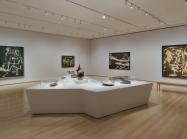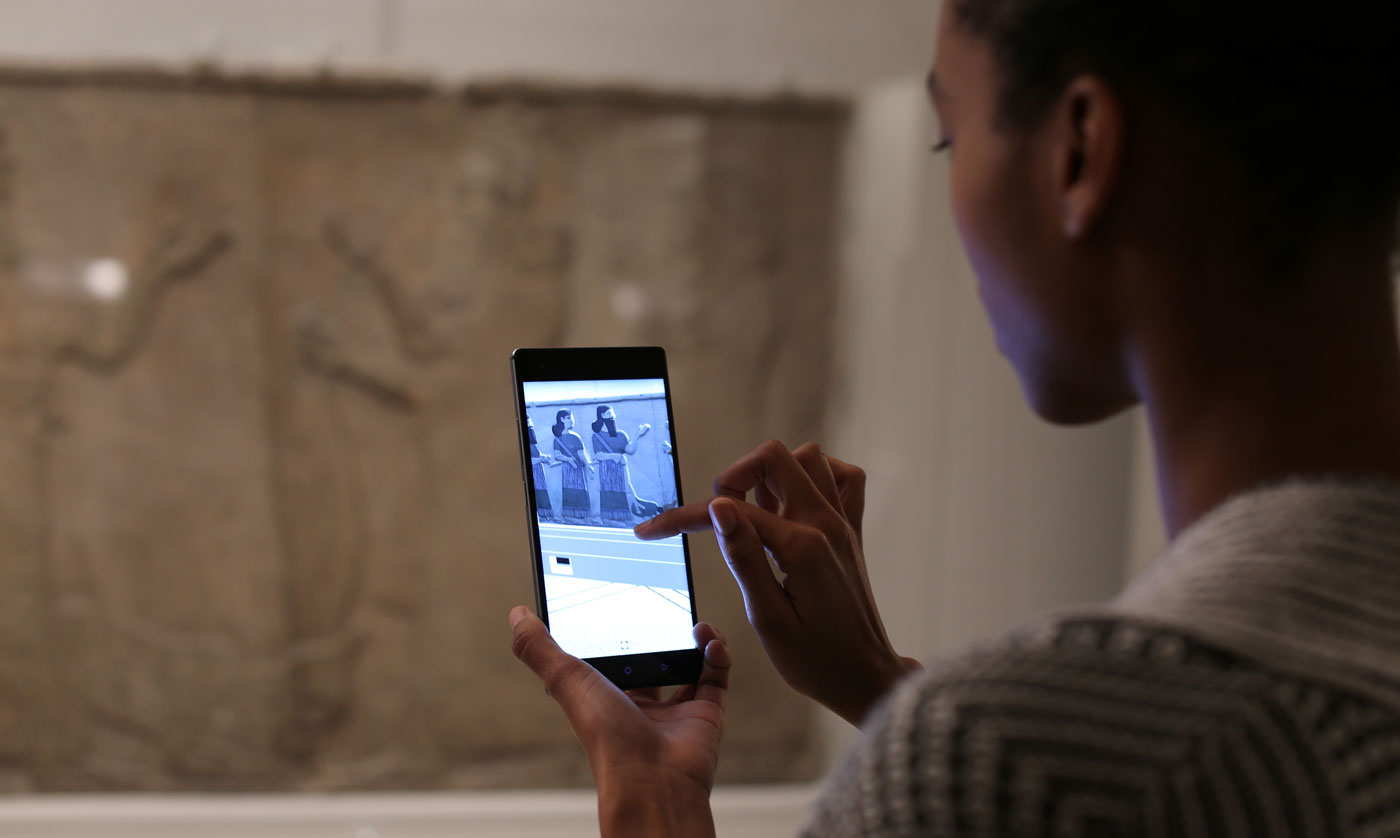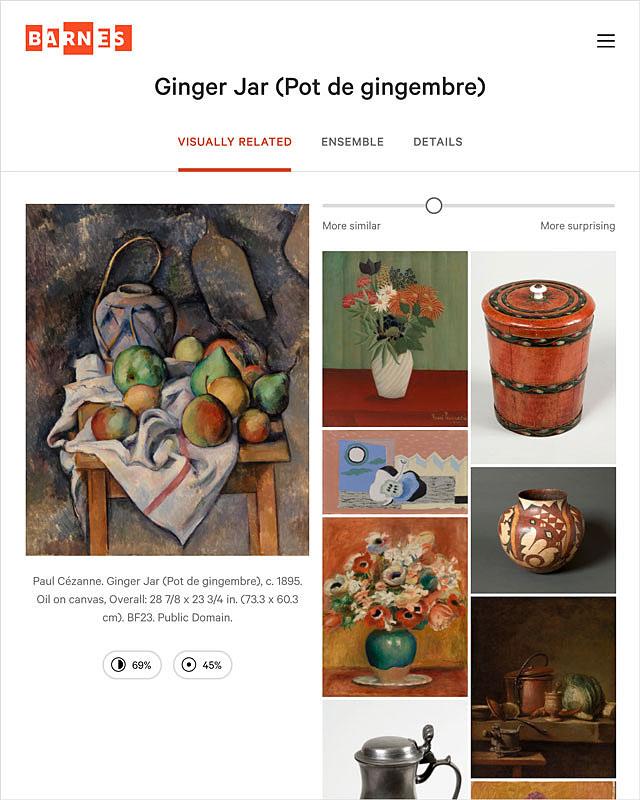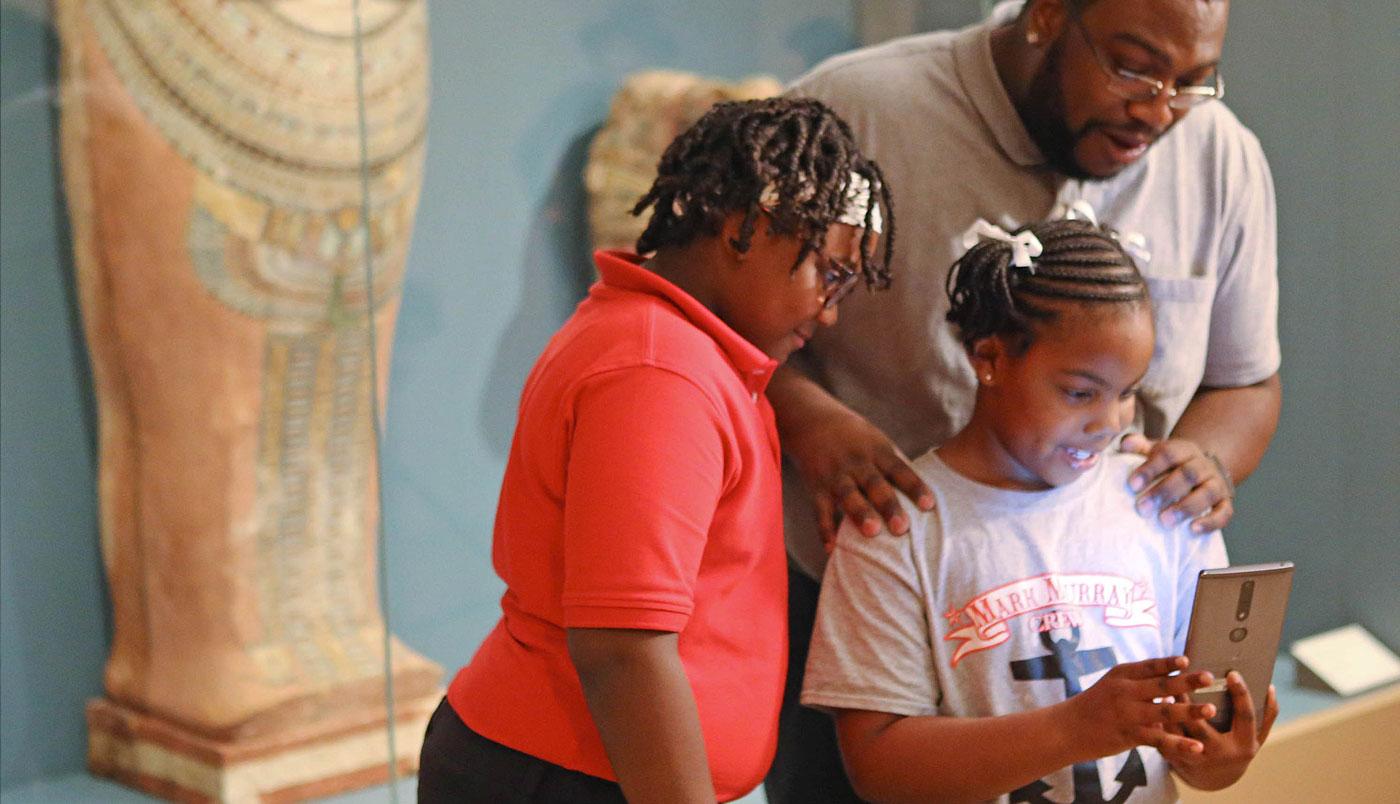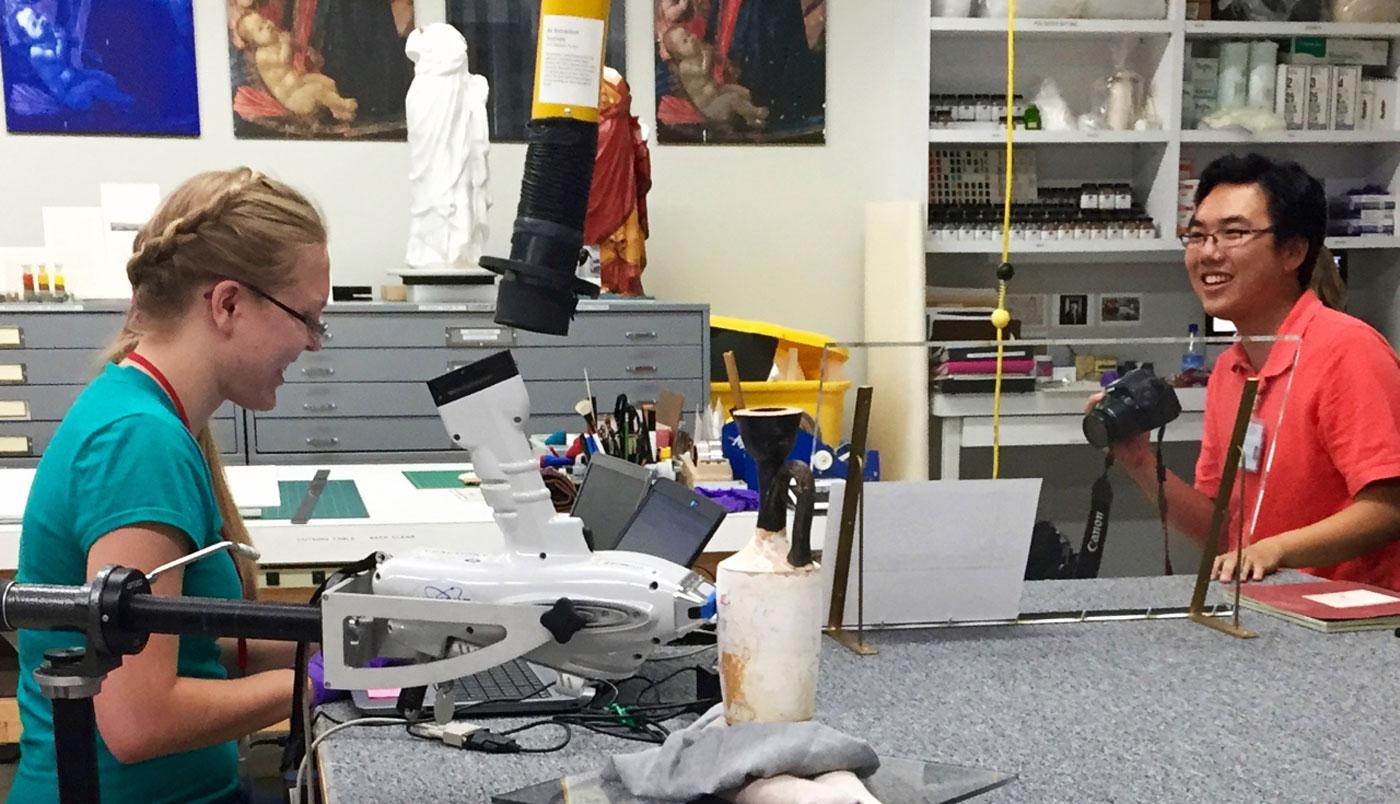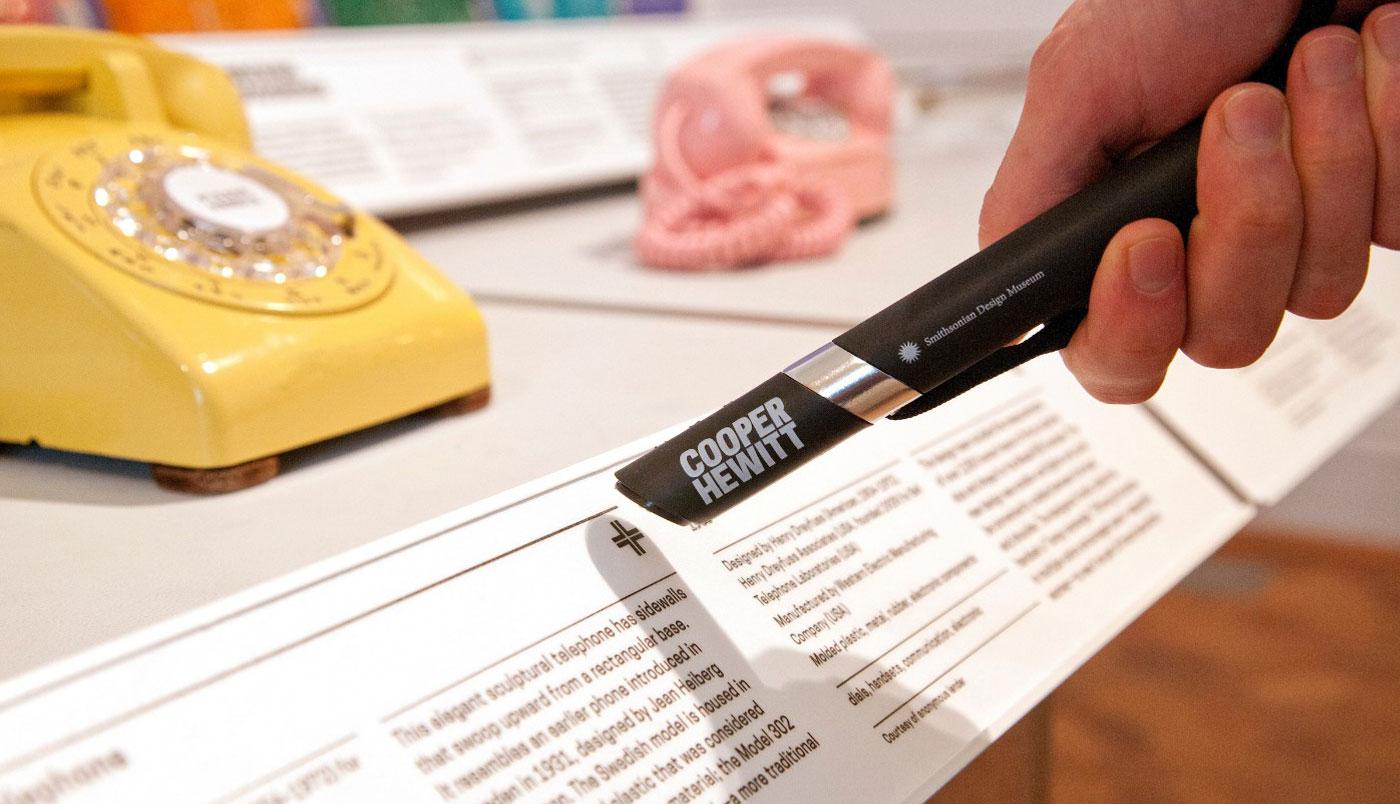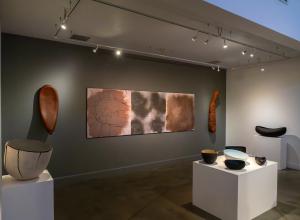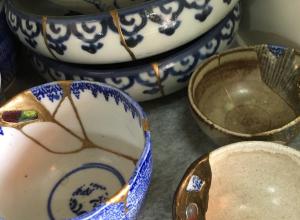In 2015, the National Endowment for the Arts released the results of a survey it had conducted on public participation in the arts. The news was disappointing. Attendance at art museums and other cultural events has dropped steadily over the last twenty years. But there was a silver lining in the report.
Though personal visits to museums and other events were down, more than 70% of respondents had watched, listened to or downloaded some form of culture from the Internet.
No wonder, then, that over the past three years, and in some cases even longer, art museums have joined a growing number of cultural institutions that are embracing technology. Digital experts are joining staffs, and museums are finding innovative ways to not only showcase their collections, but to immerse visitors, whether in person or online, in the art experience.
“Museums are almost always looking to increase visitation numbers and grow their audience base,” says Pamela Horn, acting director, digital and emerging media, at the Cooper Hewitt, Smithsonian Design Museum. “Technology is another platform that attracts new audiences who are more and more fluent in technology and digital devices. Interactive experiences in museums are being designed to not only bring visitors in but also to encourage return visits. Cooper Hewitt’s redesign sought to build community around design and put its collection of more than 210,000 objects in the hands of the user.”
Andrea Montiel de Shuman, digital experience designer for the Detroit Institute of Arts, says museums have always embraced technology. She points to a decade-old projection that is part of a long-standing dining table exhibit. “The scene we project shows how wealthy people who dined at this table would have been served when the table was new. It’s still popular with visitors,” she says. Still, she adds, museums are often slower to adapt technology than the general population because “It can be a costly risk for us,” she says.
Despite risk factors, however, more and more museums are exploring technology and how it can add to a visitor’s appreciation and knowledge of an artwork or object.



